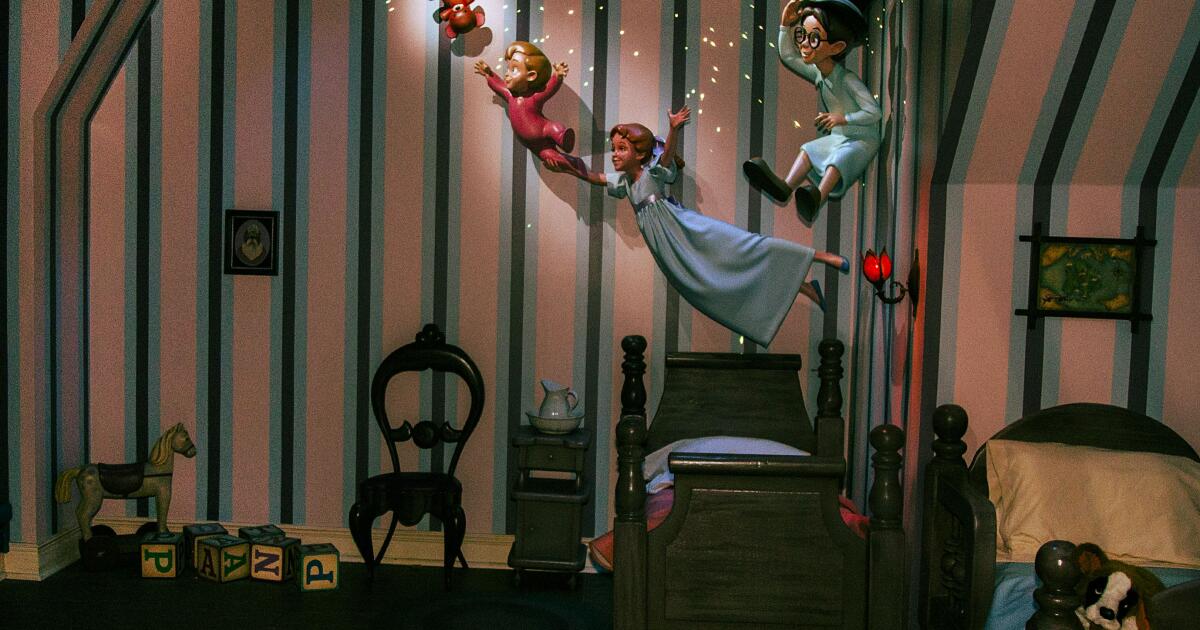
Disneyland is set to modernize one of its oldest attractions to correct racist ideas about indigenous people.
Peter Pan’s Flight, one of the theme park’s original attractions when Disneyland in Anaheim opened in 1955, will update Tiger Lily and her tribe in the attraction, which has faced scrutiny for its racist depiction of Native American characters.
A revamped Never Land Tribe scene was recently unveiled at Walt Disney World in Orlando, Florida, and the company said guests can expect to see the changes at all of its locations around the world. The company did not provide a timeline.
“Imagineers have a long history of updating and improving attractions and experiences to keep them fresh and relevant,” Disney officials said in an emailed statement.
James Matthew Barrie, the author of the play “Peter Pan” and then the novel “Peter and Wendy” in the early 20th century, used racist terms like “redskins” and “savages” to describe Native American tribes, and that imagery was echoed in the 1953 adaptation of his work into the Disney animated film “Peter Pan,” with musical numbers like “What Makes the Red Man Red?” In 2015, Disney was accused of whitewashing Tiger Lily by casting Rooney Mara, a white woman, as the Native American princess in “Pan.”
Disney posted a disclaimer on its website about the 1953 film stating that “the film portrays Native people in a stereotypical manner that does not reflect the diversity of Native peoples or their authentic cultural traditions.” Its 2023 live-action film “Peter Pan & Wendy” attempted to expand Tiger Lily’s story arc by giving her character more lines and casting Native actress Yara Shahidi to play the role.
Before last week’s update at Walt Disney World, Tiger Lily and her tribe were depicted sitting around a fire with their arms crossed while others played drums. The tribe members have exaggerated features like wide noses and large feathered headdresses. The updated figures show Tiger Lily and her grandmother dancing around the fire and men playing drums in the background.
Disney did not respond when asked whether it consulted with indigenous tribes about the change.
“We view ourselves as constant learners, and as we identify ways that can make our attractions and experiences more authentic and relevant, and our stories connect more deeply with our guests, we are making thoughtful changes,” Disney officials continued in their statement to the Times.
Not everyone was happy with Disney’s changes to the classic attraction.
“Go ahead, wake up and go bankrupt,” one Facebook user commented when the changes were announced.
But others were happy to see the company updating depictions they considered stereotypical and harmful.
“The drum circle and dancers, I love it. Someone put a lot of thought into the update instead of just removing it,” another commented.


